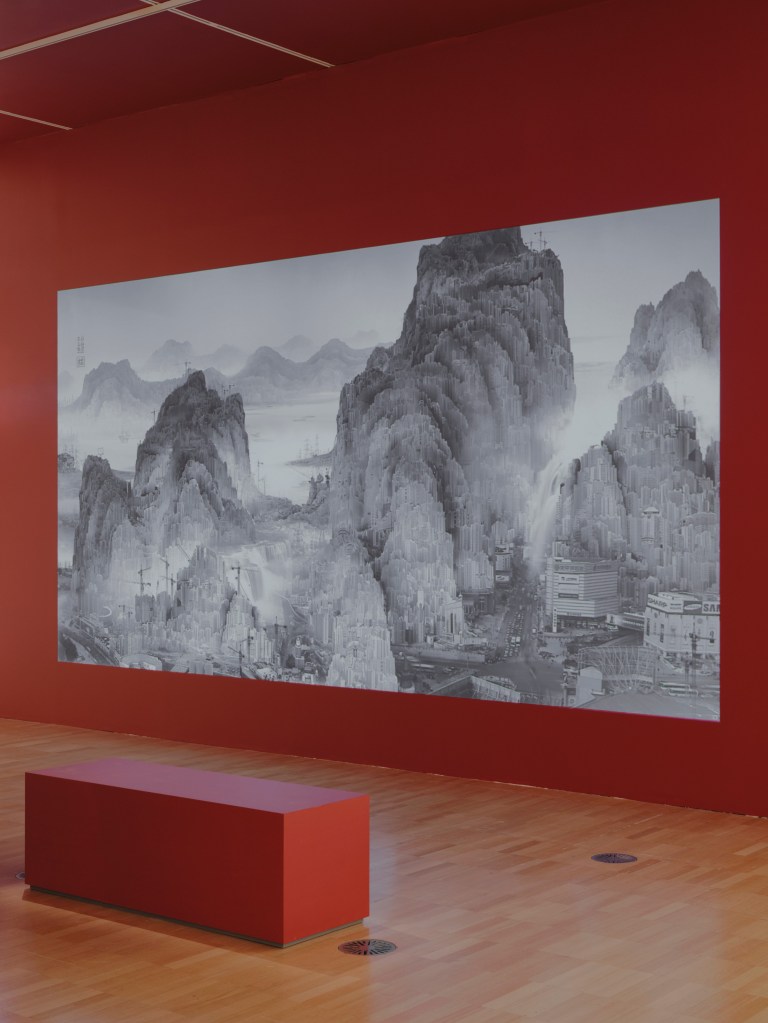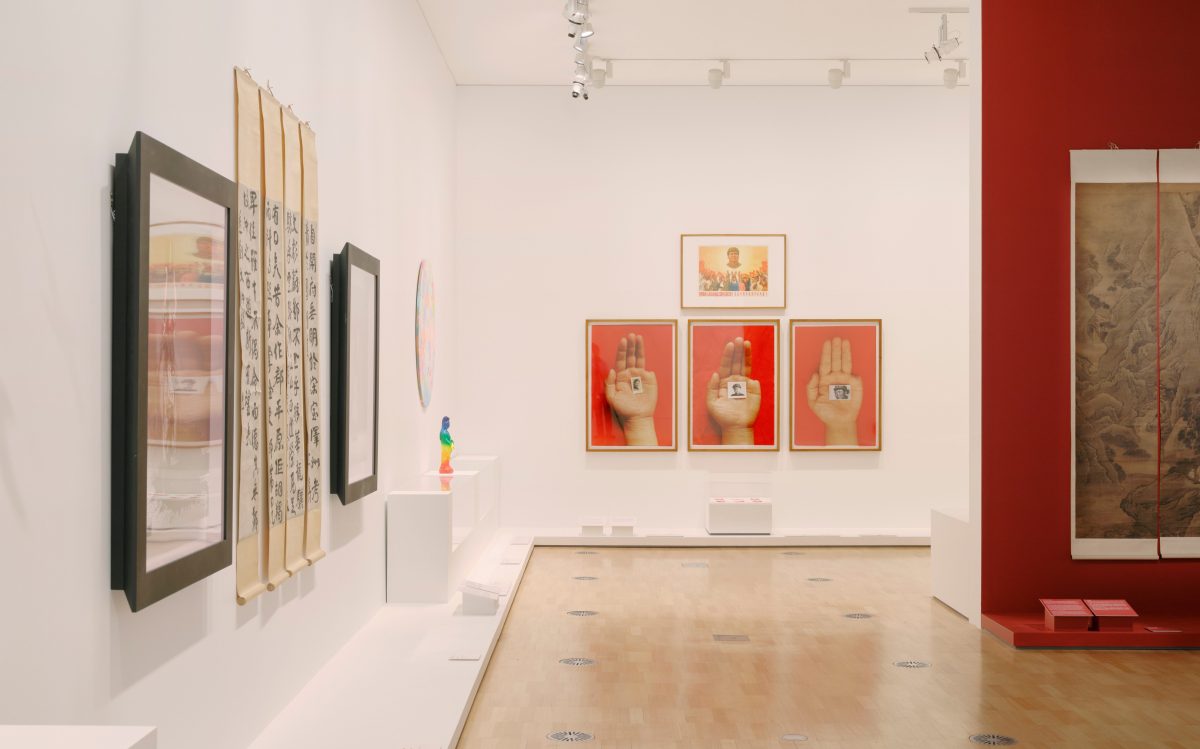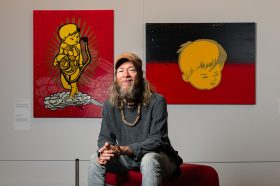There’s a saying that history goes in circles. This belief forms the core of the National Gallery of Victoria’s latest exhibition on Chinese works of art and those by Chinese diaspora artists, China – The past is present.
Focusing on depth over breadth – though not lacking in richness and variety – curators Wayne Crothers and Sunita Lewis have mastered the crossovers of displaying historic objects among contemporary works, creating a sense of museum wonder while evoking contemporary dialogue.
The exhibition draws exclusively from the NGV’s own collection, but this does nothing to hinder its complexity. The pairing of artworks is an evident curatorial strategy to show multifaceted narratives that exemplify juxtapositions, but also similarities, between past and present.
Upon entrance, a 17th century scholar’s rock is paired with an enticingly waxy and luminous version by Sydney-based ‘Post-90s’ artist Louise Zhang. Just as the solemn and quiet elegance of the ancient object is a symbol of age-old ideals, the eye candy of Zhang’s work explores contemporary influences on culture and consumption that similarly deserves reflection.
Other parallels that run through China – The past is present include Guanyin figures from the Ming and Qing dynasties (1368-1911) with Xu Zhen’s technicoloured parody; late 19th century court robes beside one featuring a dragon patterned from dazzling golden hairpins by Ye Bihua and Fangye Lab fashion house; and an auspicious banner embroidered with Fú Lù Shòu gods hanging in conjunction with the humorous modern portraits by Chang Xugong, which highlights wealth as characterised by China’s economic boom during the 1990s and 2000s.
A humanist narrative runs through the ‘Idealism and Pragmatism’ section, where vibrant propaganda posters of hard-working youths from the Red Guards are brought to life through the photographic lens of Hai Bo. If Bo’s portraits provoke any lingering sense of nostalgia towards his subjects’ younger selves, nearby, Sheng Qi’s Memories series (2000) is a much more confrontational encounter on the horrors faced by youths who fought for freedom and democracy.

Enclosed in the centre of the gallery space in the nation’s favourite colour, red, is undoubtedly the most awe-inspiring of these past-present pairings. The grandeur of Yuan Yao’s six-and-a-half-metre long ink scroll Sublime Landscape (1770) is matched by Yang Yongliang’s dystopian take on a contemporary Chinese landscape. Seemingly an atmospheric view of foggy mountaintops, Yang’s Phantom landscape (2010) layers cranes and skyscrapers in a new man-made environment that provokes thought on China’s ‘ghost dwellings’. Whether you’ve encountered Yang’s works before or not, Phantom Landscape‘s sheer scale and its mesmerising cog-like animation is a show-stopper in its own right. When viewed in conversation with Yuan’s scrolls, the works encapsulate the exhibition’s theme, the past is present, in full.
China – The past is present further offers a glimpse into the number of works by celebrated contemporary Chinese artists that the NGV has acquired over the years. A series of Cai Guo-Qiang’s terracotta birds lead visitors into the gallery space and bring back memories of the hugely successful 2019 exhibition Terracotta Warriors & Cai Guo-Qiang (also curated by Crothers), when the artist’s gunpowder works were brought into conversation with one of China’s most well-known archaeological treasures.
Read: Exhibition review: In Our Time and Treasures of Dai Gum San
While some may see the focus on presenting new encounters rather than new work as a drawback, Lewis and Crothers have delivered this exhibition to their strength. In an age when there is constant demand for ‘fresh’ artistic output, the exhibition’s prompt to slow down and see these works in a new light may just be the perfect remedy.
China – The past is present is on view at NGV International until 20 February 2023; free.
Curated by Sunita Lewis, Curator, Asian Art, NGV and Wayne Crothers, Senior Curator, Asian Art, NGV.
This exhibition is presented in English and Simplified Chinese.





